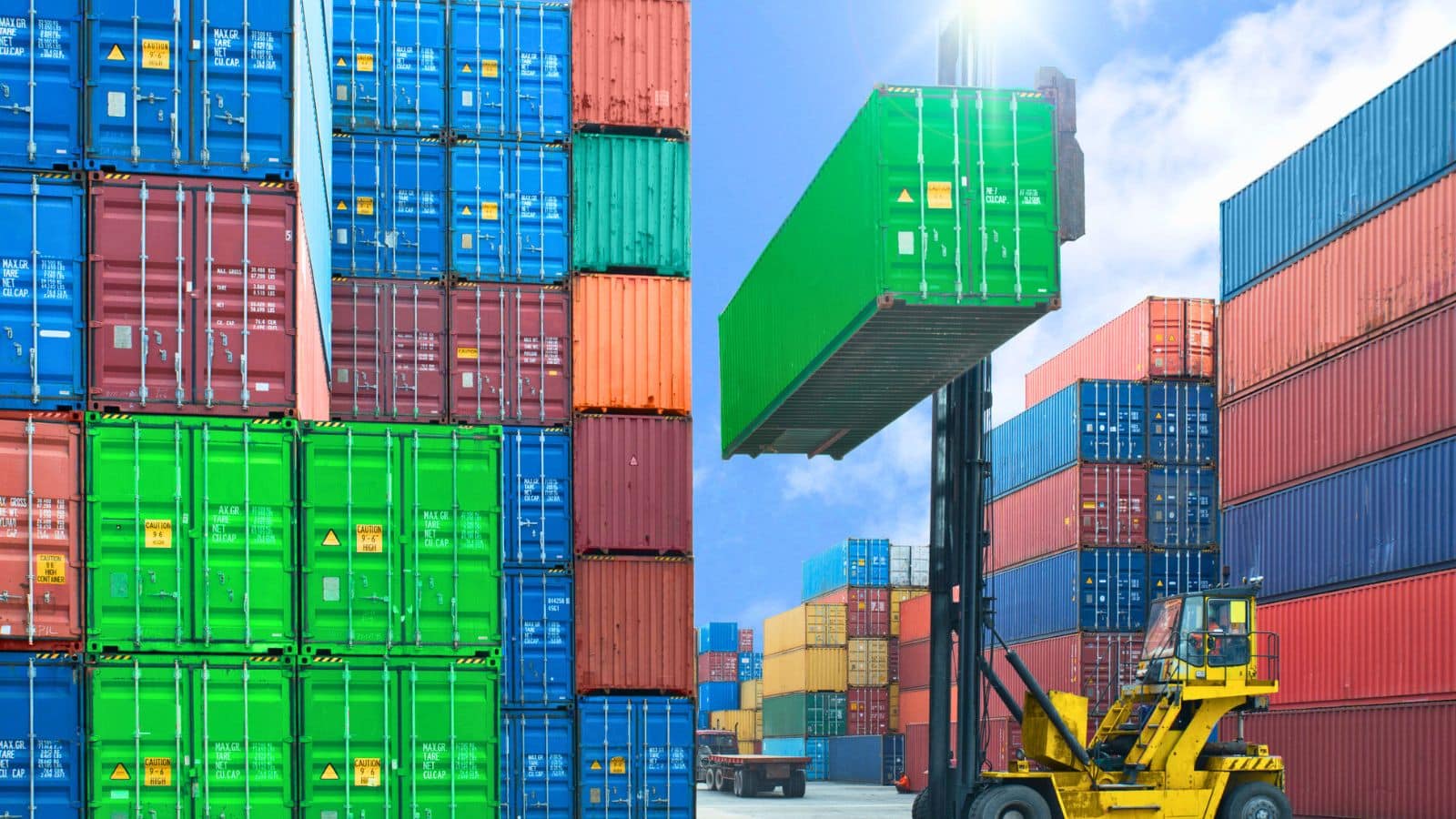Supply chain problems may not be making headlines like they used to, but they’re still costing you. Delays, shortages, and higher prices are now part of everyday expenses. Even when shelves look full, these changes are making life more expensive. Here are nine ways your budget is still taking a hit.
Grocery Prices Are Staying High

You’ve probably noticed that grocery bills haven’t gone back down. Even when items are back in stock, the costs of transporting, packaging, and stocking them have stayed elevated. For many households, that weekly grocery run is still eating up more of the budget than it did a few years ago.
💸 Take Back Control of Your Finances in 2025 💸
Get Instant Access to our free mini course
5 DAYS TO A BETTER BUDGET
Appliances and Electronics Cost More to Replace

Supply chain slowdowns made appliances and electronics harder to source, and prices jumped. Now, even basic models are holding those higher price tags. When something breaks, the cost to replace it—plus long wait times—can throw your budget off quickly.
Auto Repairs Are More Expensive

Car parts are still in short supply, and labor costs have climbed. What used to be a quick, affordable fix is now a multi-week process with a much higher bill. Even routine maintenance has gotten pricier, making car ownership more costly across the board.
Furniture Prices Are Holding Steady—at High Levels

Furniture prices surged during pandemic shortages and haven’t come back down. Whether it’s a couch, mattress, or home office setup, these items are still far more expensive than they used to be. For anyone furnishing a home, it’s a serious budget strain.
Delivery Fees Have Increased

Getting things delivered was once a convenience, now it’s an added expense. Companies facing higher logistics costs have passed them on to consumers. Delivery fees, service charges, and minimum order requirements are higher across many platforms—even if the item itself hasn’t changed in price.
Home Improvement Projects Cost More

Building materials like lumber, drywall, and fixtures skyrocketed in price during supply chain disruptions. While prices have softened slightly, they’re nowhere near pre-pandemic levels. That means even small home projects now come with a bigger price tag than you might expect.
Clothing Costs Are Increasing

Apparel brands faced major delays in production and shipping, and they’ve adjusted their pricing to protect profit margins. While it’s less obvious than groceries or gas, the cost of clothing has quietly crept up, making seasonal wardrobe updates more expensive.
Used Items Aren’t the Bargain They Used To Be

Supply shortages created a surge in demand for secondhand goods, which pushed up prices. From Facebook Marketplace to local thrift stores, used items like furniture, appliances, and even baby gear are often priced closer to new than ever before.
Subscription Services Are Passing Along Costs

Even digital services aren’t immune. Subscription platforms—streaming, meal kits, apps—are quietly raising monthly fees to offset their own rising supply chain expenses. It’s a sneaky way that disruptions in physical goods are now draining digital wallets too.
21 Budget Grocery Shopping Tips To Stretch Your Food Budget

Are you having trouble finding extra money in your budget to save or pay off debt? Did you know that one of the easiest categories to cut is your food budget? Most families drastically overspend on food each month but there are many ways to do budget grocery shopping and stretch your food budget without feeling deprived. 21 Budget Grocery Shopping Tips to Stretch Your Food Budget



